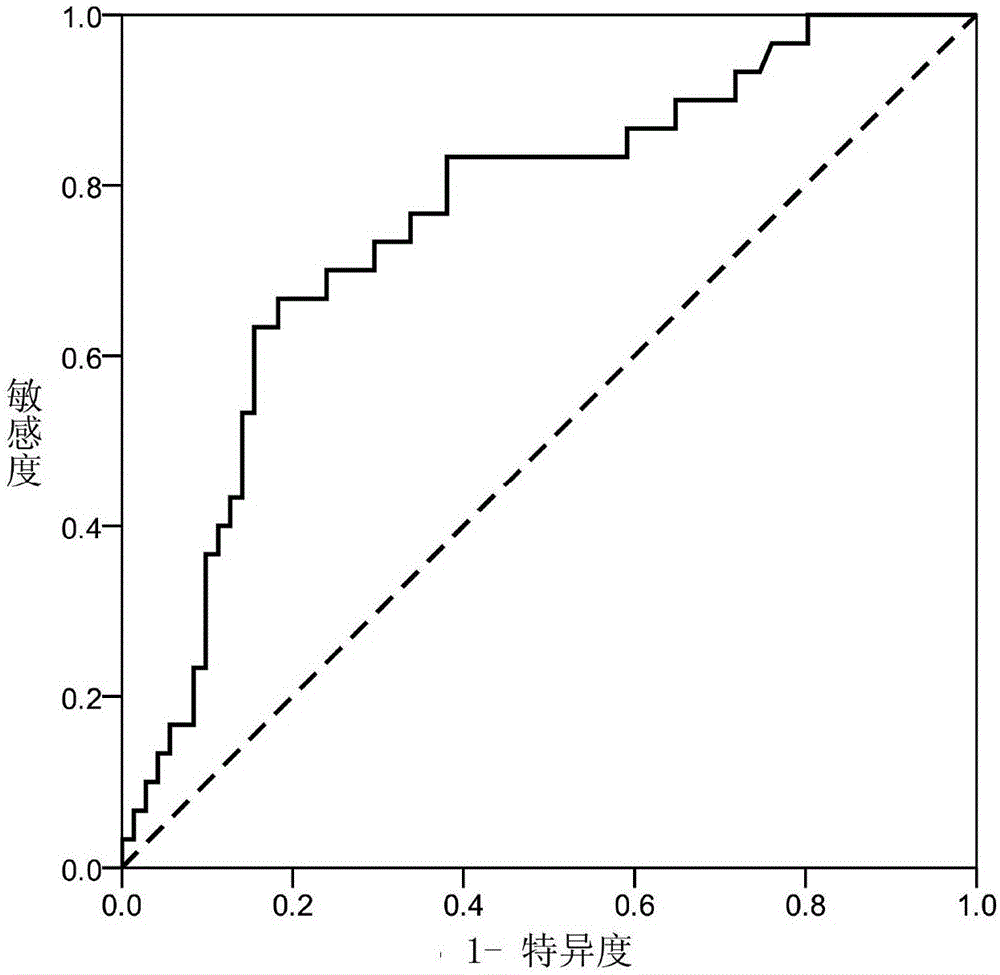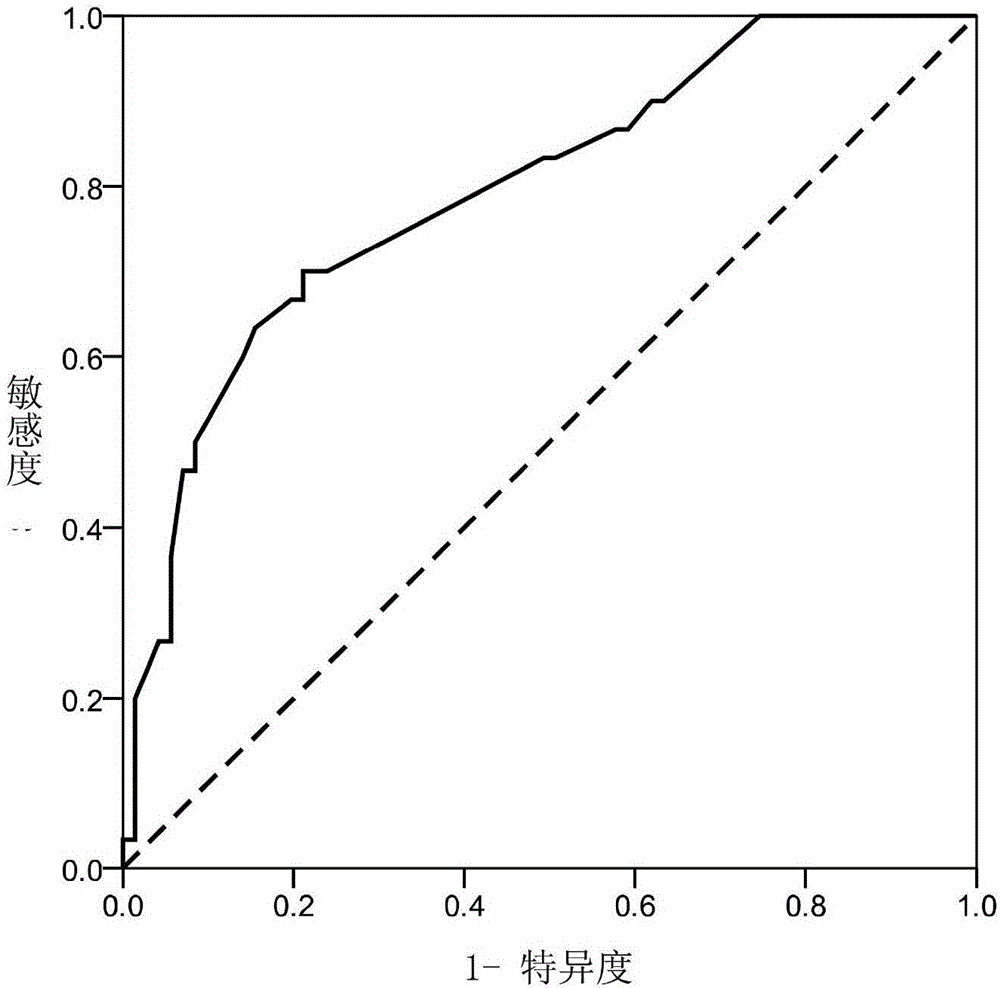Method and system for performing orthotopic liver transplantation prognosis condition grouping on hepatocellular carcinoma patient with single tumor
A technology for hepatocellular carcinoma and liver transplantation, applied in the field of precision medicine
- Summary
- Abstract
- Description
- Claims
- Application Information
AI Technical Summary
Problems solved by technology
Method used
Image
Examples
Embodiment 1
[0081] Example 1 The grouping method of the present invention is established by identifying risk factors affecting recurrence-free survival of HCC patients after liver transplantation
[0082] 1. Patients and Methods
[0083] Patient and Tissue Samples
[0084] From January 2009 to December 2013, 101 cases of orthotopic liver transplantation were collected from Beijing You'an Hospital Affiliated to Capital Medical University with only one hepatocellular carcinoma nodule. This study complied with the Declaration of Helsinki and was approved by the local ethics committee, and all subjects signed informed consent. All cases had no tumor surgical resection, transcatheter arterial chemoembolization or other chemotherapy, radiotherapy or interventional ablation before operation. Preoperative imaging studies confirmed that all patients had no major vessel tumor invasion, no lymph node or extrahepatic metastases. The selection method of specific research objects is shown in Table...
Embodiment 2
[0121] Example 2 The predictive ability of the model of the present invention to the tumor recurrence after transplantation of hepatocellular carcinoma (technical scheme 1, see for details) with independent validation group test Image 6 ):
[0122] Fifty HCC patients with single tumor nodules were collected from Beijing You'an Hospital, and all patients underwent orthotopic liver transplantation. This group of patients differs from the patient population in Example 1. The tumor diameter data of the patients were obtained from the Department of Medical Imaging, and the results of immunohistochemical staining of CK19 and GPC3 based on liver tumor tissue were obtained from the database of the Department of Pathology (see Table 6 for baseline conditions).
[0123]
[0124]
[0125]
[0126]
[0127] The method and system provided by the present invention were used to group the prognosis of patients with hepatocellular carcinoma with a single tumor nodule, wherein the...
Embodiment 3
[0130] Example 3 Prognostic grouping of patients with a single hepatocellular carcinoma nodule based on liver biopsy before orthotopic liver transplantation (technical protocol 2, see Figure 9 ):
[0131] Twenty-seven HCC patients with single tumor nodules were collected from Beijing You'an Hospital. All patients had liver biopsy before orthotopic liver transplantation. The tumor diameter data of the patients were obtained from the Department of Medical Imaging, and the results of immunohistochemical staining of CK19 and GPC3 based on the liver tumor tissue were obtained from the database of the Department of Pathology (see Table 8 for baseline conditions).
[0132] The method and system provided by the present invention are used to group the prognosis of patients with hepatocellular carcinoma with a single tumor nodule, wherein the tumor diameter cut-off value is set to 3.6 cm, and the AFP cut-off value is set to 261.6 ng / mL. It can be found that in the validation set, th...
PUM
 Login to View More
Login to View More Abstract
Description
Claims
Application Information
 Login to View More
Login to View More - R&D
- Intellectual Property
- Life Sciences
- Materials
- Tech Scout
- Unparalleled Data Quality
- Higher Quality Content
- 60% Fewer Hallucinations
Browse by: Latest US Patents, China's latest patents, Technical Efficacy Thesaurus, Application Domain, Technology Topic, Popular Technical Reports.
© 2025 PatSnap. All rights reserved.Legal|Privacy policy|Modern Slavery Act Transparency Statement|Sitemap|About US| Contact US: help@patsnap.com



